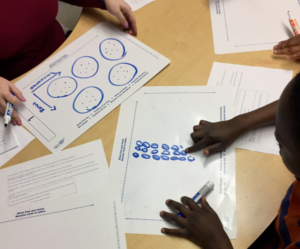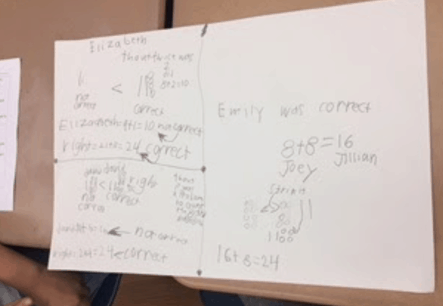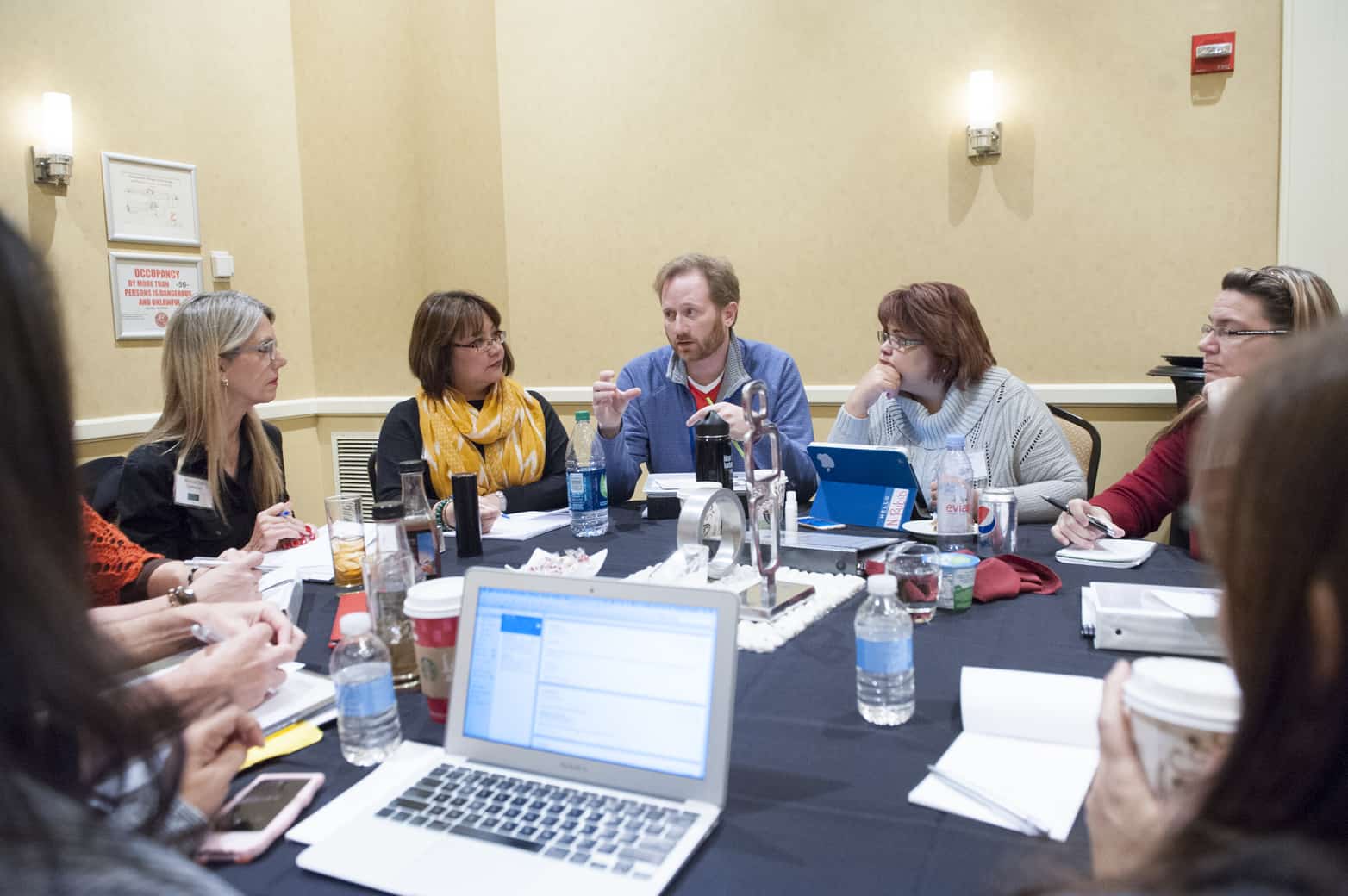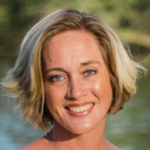Districts have the important task of choosing programming that not only meets the needs of the schools and students, but also their long-term plans and instructional goals. Once the right program is chosen, the next step in implementation is to ensure teachers are equipped to use the tools provided by the curriculum and also feel there is a maintained level of support for quality implementation. This is where good professional development comes into play.
As the district-level Elementary Math Specialist for Capital School District in Dover, Delaware, it is my responsibility to create professional learning that is practical and engaging—learning that helps teachers make the most of their curriculum. I have been in education 16 years; before joining the curriculum team, I taught second and third grades, so I’ve seen professional development from multiple perspectives. In my experience, it is important for the district to share a vision for improvement and create learning opportunities that are based on these goals. Within that context, I see the benefits of school-based professional learning communities that can provide a team approach to improving practice and developing common ideas around the definition of quality instruction.
Below are some examples of the ways I use these structures and strategies when designing math PD that focuses on instructional content for the educators in my district.
Focus on the curriculum and its features
Within my district, there are prescribed plans to ensure teachers have training that connects our district goals to the GO Math! materials we use. The GO Math! program has a balance of traditional practice and opportunities for students to delve into concepts in new ways. For example, in the Teacher Guide, there are “Go Deeper” dialogues that guide teachers through questioning ideas to help students better grasp concepts. There are also example conversations to support the math practices throughout each chapter. We have a set 90 minutes of professional learning community (PLC) time each week for all teachers, and we explore some of these tools during our PLC times to make sure we are taking full advantage of the resources within our curriculum.

The PLC time is commonly used to review key student-facing questions and develop a common understanding of how these questions connect to the standards. We discuss how chapter orders are set for a reason (primarily to ensure enough practice with the Major Work of the Grade), and how specific items should be used as a wrap-up because they get at the main ideas of the lesson. We also look at opportunities to incorporate writing, continued focus on the Major Work of the Grade, and specific Number Talks to support our communication goals. This is a great time for teachers to explore some of the additional resources and tools built into the curriculum to ensure we are constantly having conversations about how to make adjustments or improvements to continue to meet our district requirements and student needs. This time unquestionably has value in terms of professional development, but it is also essential for building a strong community.
Find “common ground” between administrators and teachers
We also have what we call “Common Ground” professional learning opportunities. These days are held six times throughout the year. I focus a full day of training on leadership members within the buildings, and then offer them opportunities to visit classrooms and see practice in action. Teachers and administrators attend trainings together to discuss how standards-aligned instruction can be enhanced through the math practices, communication opportunities, and various components of the GO Math! program throughout the year. Teachers from each of our elementary schools are also brought together to learn and then collaborate as a team—a unique opportunity for our teachers, and one they have reported that they highly value. They share resources and have a renewed sense of excitement for teaching the GO Math! program, after hearing from their colleagues in other schools. For example, from the conversations that occurred last year, teachers have a collective understanding that we need to improve our district-wide instruction on problem solving skills. We started adapting questions from the GO Math! curriculum to address this weakness.

Communicate continuously via digital platforms
I use our online platform, Schoology, to collaborate with teachers in an ongoing way. Within this platform, I can easily share out new tools and ideas to help keep teachers excited about using their resources through the digital and print versions of their curriculum. By creating digital file folders of good resources, websites, and materials, teachers can access and download whatever they need, as they need it. When teachers create a support tool to use with GO Math!, I am able to share that resource through Schoology and it is available for everyone to access.
Pulling it all together
Through each of these access points for professional development, I create different learning opportunities and craft PLC plans that are cohesive and keep the focus on teaching the programming with fidelity—while ensuring that we provide additional opportunities for rigorous instruction to fill any weaknesses within the program as written. GO Math! is always at the center of this planning, and I always want to ensure that teachers feel the value in using a curriculum that was strategically designed to support students’ growth in mathematics.
















